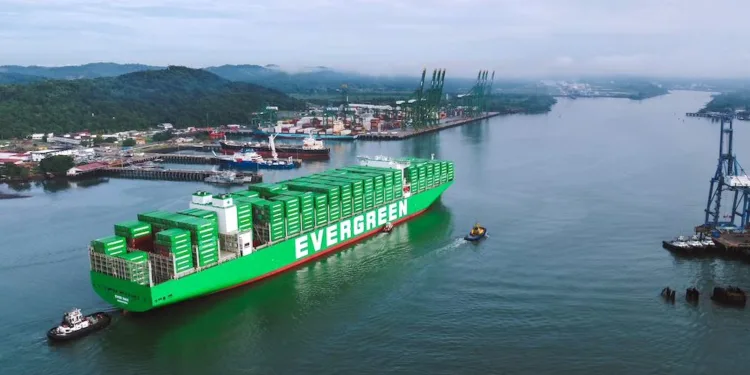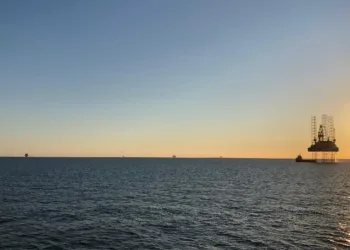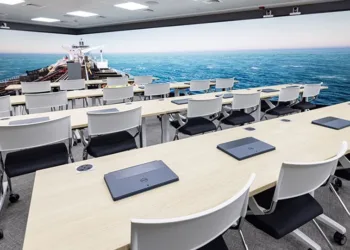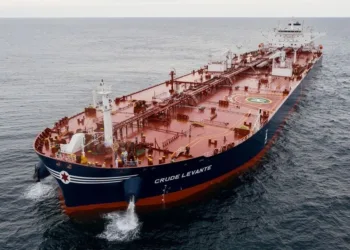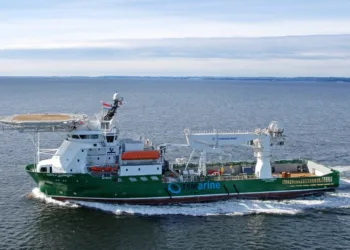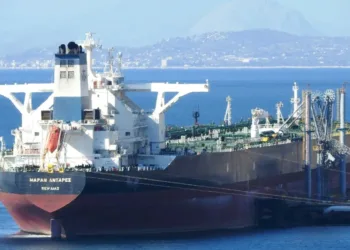The Panama Canal has launched a consultation process with representatives of the maritime industry to identify potential partners interested in developing port terminals on both the Atlantic and Pacific sides of the waterway.
Following a process similar to that followed for the introduction of the gas pipeline project, the Panama Canal convened a group of representatives from companies with proven experience in container port operations and container shipping lines.
Representatives from APM Terminals, COSCO Shipping Ports, CMA Terminals, DP World, Hanseatic Global Terminals, MOL, PSA International, SSA Marine and Terminal Investment Limited participated, as well as representatives from CMA CGM, ONE, Evergreen, Hapag Lloyd, HMM, Maersk Line, MSC, OOCL, COSCO, Yang Ming, the Port of Houston, and ZIM.
As part of this business process, a market and feasibility study will be conducted for both terminals. Following this stage, a general project plan will be developed which will lead to the initiation of a special process to select a concessionaire with the winners due to be announced at the end of next year.
The goal of these initiatives is to increase container transhipment capacity by 5m teu per year.
Ports in Panama have been making headlines this year. The future of CK Hutchison’s two Panamanian ports is in the air after president José Raúl Mulino said in late July that public-private partnerships could assume control of the Balboa and Cristobal terminals if the courts strike down Hutchison’s operating contract.
The announcement follows legal challenges filed by Panama’s comptroller general Anel Flores, who has lodged two cases with Panama’s Supreme Court seeking to invalidate Panama Ports Company’s (PPC) concession. PPC, 90% owned by CK Hutchison, has operated the Balboa and Cristobal ports since 1997 under a 25-year concession renewed in 2021.
The two ports, positioned at either end of the Panama Canal, have become a flashpoint in the geopolitical struggle between Washington and Beijing. US president Donald Trump placed the facilities at the centre of his inauguration speech in January, vowing to “take back” the canal from Chinese influence.



